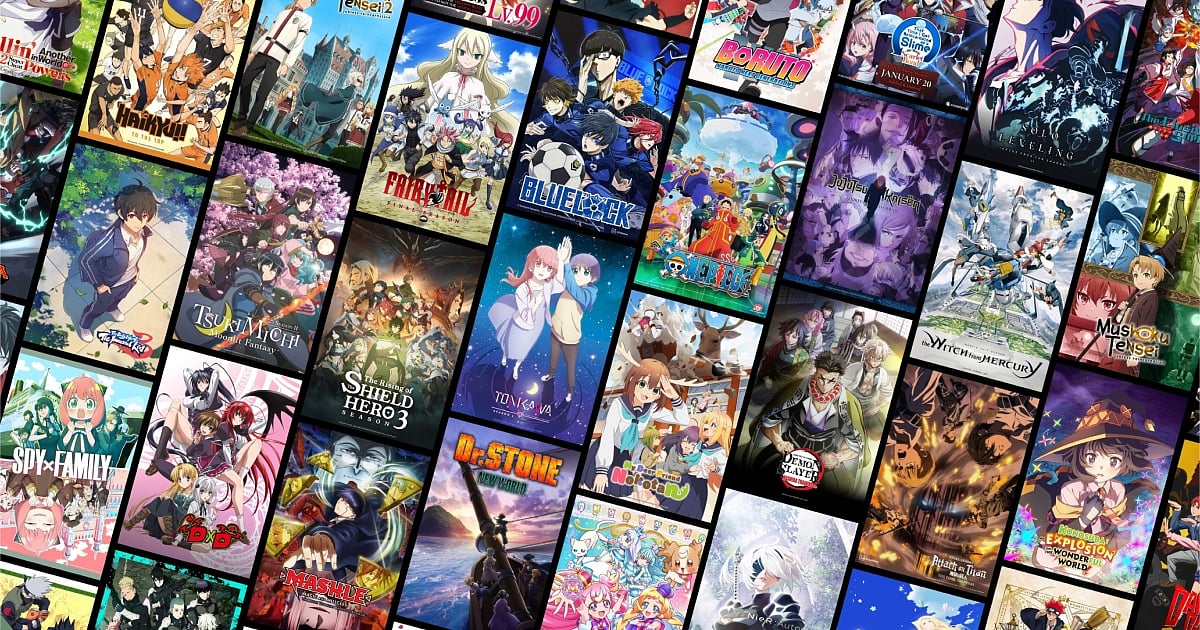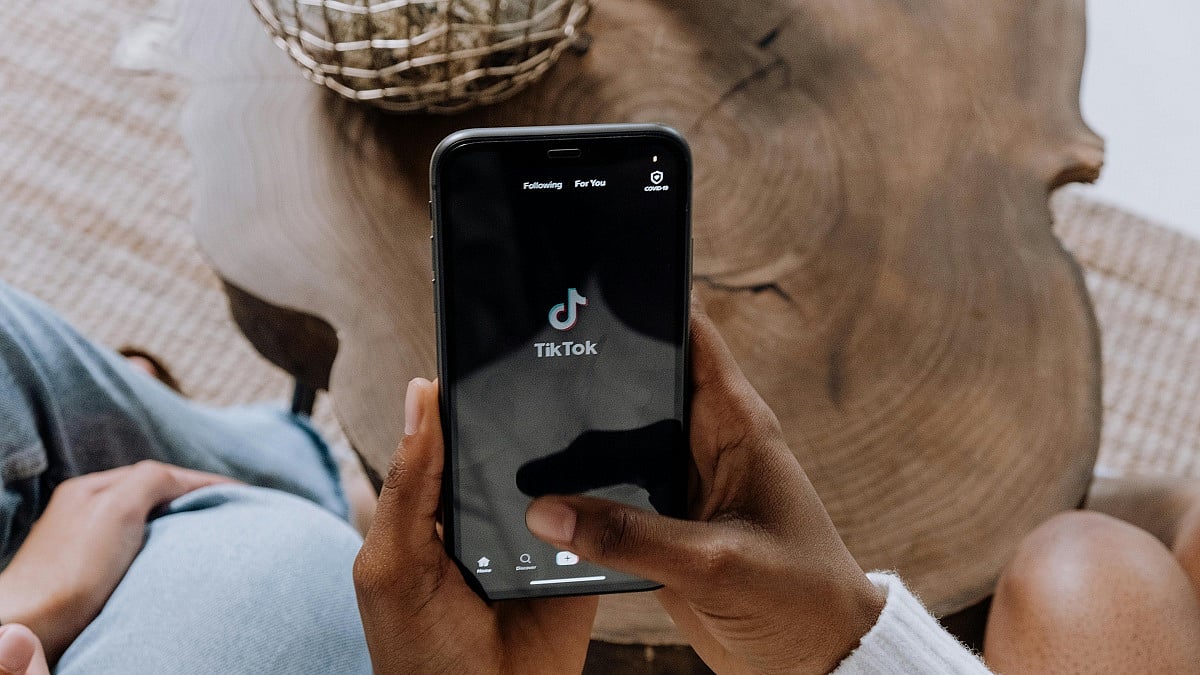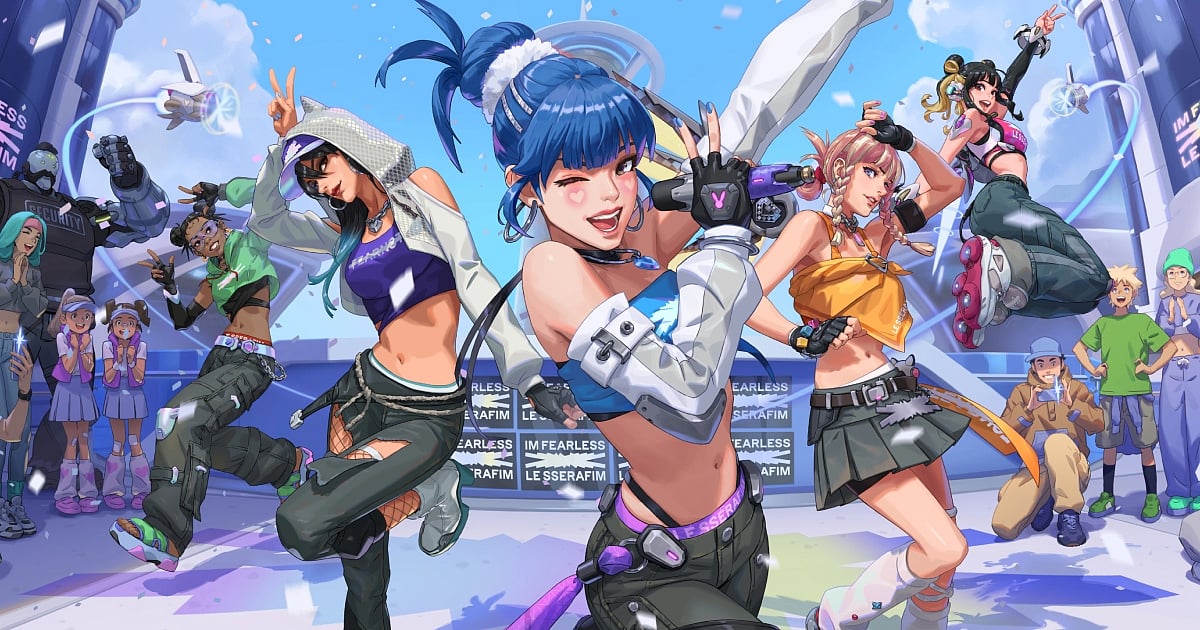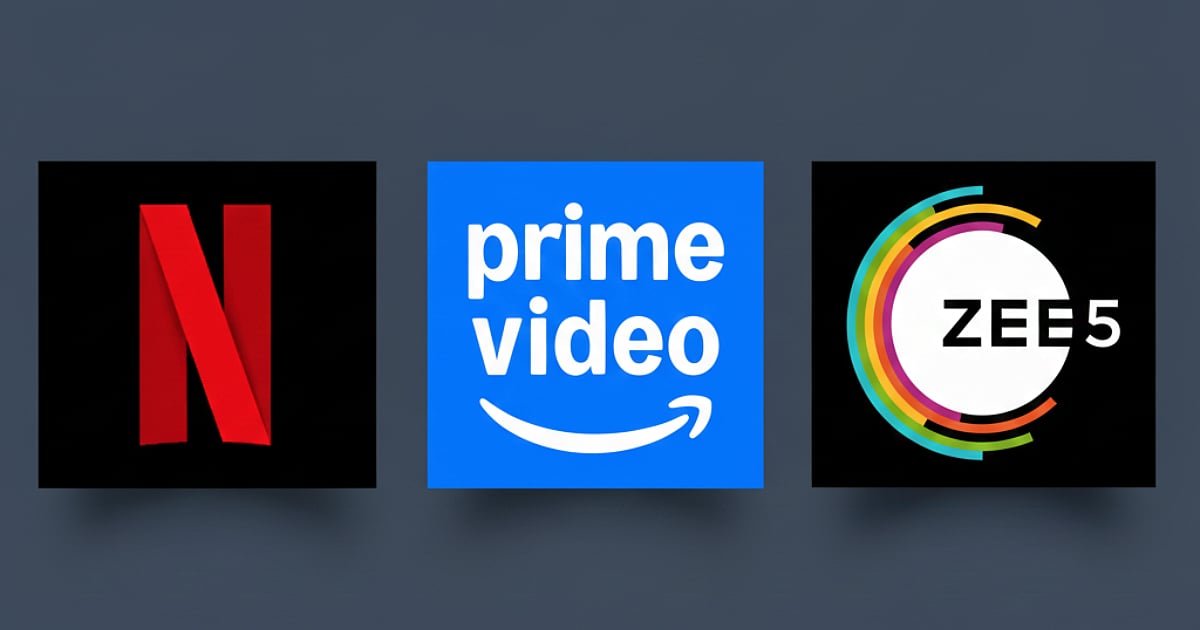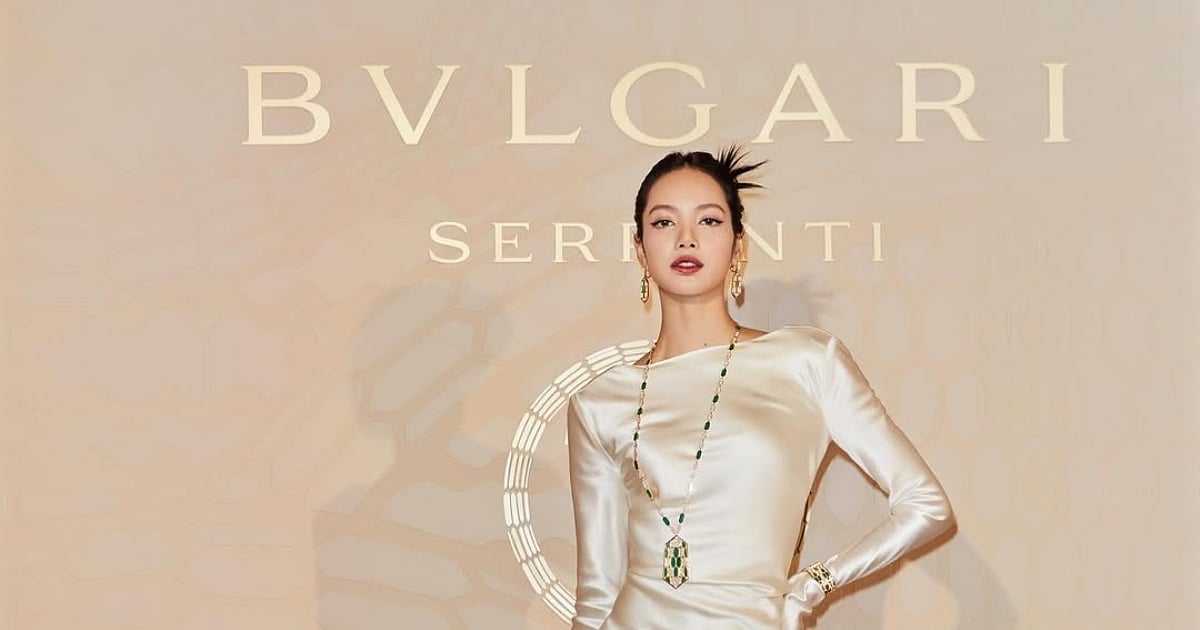
Ever wonder why K-pop stars are the new faces of every luxury brand?
How K-Pop Idols Became Luxury Fashion's Best Investment
The industry's pivot to Korean idols isn't about trends. It's about billions.
Highlights
- Luxury fashion has made K-pop idols the center of its global strategy.
- This is driven by K-pop's massive market and South Korea's high spending.
- These partnerships, fueled by powerful fandoms, create immediate, massive sales.
The scene outside a Dior show in Paris has become a study in controlled chaos: a crush of screaming fans, a sea of smartphones held aloft, and a kinetic energy that feels more appropriate for a stadium concert than a fashion presentation. But the frenzy isn't for a Hollywood A-lister or an established supermodel. It's for Jisoo of BLACKPINK or Jimin of BTS.
What began as an intriguing novelty (a Korean pop star occupying a coveted front-row seat) has evolved into the new global standard. But make no mistake: This isn't a fleeting trend driven by cultural curiosity. It's a calculated, multi-billion-dollar strategy reshaping the economics of luxury fashion.
From Chanel and Gucci to Cartier and Louis Vuitton, the old guards of European luxury aren't merely inviting K-pop idols to the party anymore. They're handing them the keys to the kingdom, a massive shift driven by undeniable digital influence, armies of hyper-engaged fans, and financial returns that have rewritten industry playbooks.
The New Front-Row Hierarchy
The transformation happened faster than many industry observers anticipated. Not long ago, seeing a K-pop star at a major European fashion show was a rarity that warranted headlines. Today, their presence is the main event, often generating more buzz than the collections themselves.
The movement traces back to a game-changing moment in 2016, when Chanel made the unexpected decision to sign an exclusive contract with G-Dragon, the visionary leader of BigBang. The partnership immediately legitimized K-pop stars as serious players worthy of the world's most exclusive brands.
What G-Dragon pioneered, groups like BTS and BLACKPINK transformed into an industry-wide phenomenon. BLACKPINK particularly refined the model, with each member representing a different pillar of the luxury world: Jennie became "Human Chanel," Jisoo the face of Dior and Cartier, Rosé the embodiment of Saint Laurent and Tiffany & Co., while Lisa represented Celine and Bvlgari.
Following a groundbreaking group partnership with Louis Vuitton, BTS members also dispersed across fashion's elite houses: Jimin signed with Dior, V with Celine and Cartier, Suga with Valentino, and RM with Bottega Veneta.
The competition for talent has grown so intense that brands now make "pre-emptive strikes," signing rookie groups before they've secured their first hit. Louis Vuitton signed RIIZE just 98 days after their debut, while Acne Studios featured ILLIT members in campaigns before the group had even premiered. This isn't simply marketing anymore. It's high-stakes investment in the next generation of cultural influence.
Following the Money
The sudden gold rush has a simple explanation: Two economic juggernauts are colliding with perfect timing.
The K-pop industry has evolved into a global financial powerhouse. Once a niche genre with limited international reach, it's projected to become a $16.25 billion industry by 2035. The market for K-pop events alone (concerts, fan meetings, and related experiences) was valued at $13.28 billion in 2024. The "Big 4" agencies (HYBE, JYP, SM, and YG) saw their combined revenue nearly triple to approximately $3 billion between 2019 and 2023.
Simultaneously, the global luxury market, worth over $390 billion in 2024, is reorienting toward the East. Growth is now concentrated in the Asia-Pacific region, which is projected to be the fastest-expanding market for luxury goods through the end of the decade.
In 2022, South Koreans officially became the world's biggest per-capita spenders on luxury goods, dropping an average of $325 each. The figure significantly outpaces the per-capita spending of Chinese ($55) and American ($280) consumers.
For brands like Dior or Gucci, signing a K-pop idol represents a remarkably efficient strategic play. With a single partnership, they access the world's highest-spending luxury customers (South Korea), the fastest-growing luxury region (Asia-Pacific), and the generation that will define the market's future: Gen Z.
Quantifying the 'Idol Effect'
The financial returns on these partnerships are both immediate and staggering, tracked in real time through sales data and social media analytics. Industry insiders call it the "Idol Effect."
Dior's strategy with K-pop stars offers a masterclass in leveraging celebrity influence. After BLACKPINK's Jisoo was named a global ambassador in 2021, the brand's sales in South Korea more than doubled, soaring from approximately 3.255 trillion South Korean won (~$2.3 billion USD) in 2020 to 9.305 trillion won (over $6.6 billion USD) in 2022.
Her digital influence proved equally powerful. A single appearance at a Dior show in 2022 generated an estimated $1.74 million in Earned Media Value (essentially free advertising generated through organic social media engagement).
The "Jimin Surge" that followed demonstrated even greater impact. When Dior announced BTS's Jimin as a global ambassador in January 2023, the company's stock price soared to a 31-year high within days. Just two of his Instagram posts during Paris Fashion Week generated an estimated $17 million in EMV for the brand.
When Cartier named BTS's V as its new face in July 2023, the brand's website crashed from overwhelming traffic. A Panthère de Cartier necklace he wore in the campaign, priced at $26,700, sold out globally within minutes.
This pattern has repeated across the industry. After EXO's Kai became a Gucci global ambassador, the brand's South Korean sales surged dramatically. From Prada boots worn by Jungkook to a Saint Laurent jacket on Rosé, items associated with idols don't merely sell well. They vanish from inventory almost instantaneously.
The Architecture of Fandom
What makes these partnerships uniquely effective? The answer lies in the distinctive nature of K-pop fandoms.
K-pop fan communities operate unlike any other consumer group. They maintain deep, personal connections with their idols, viewing purchases of endorsed products not merely as transactions but as meaningful acts of support and loyalty. A 2024 study found that 55 percent of Gen Z K-pop fans had purchased products specifically because an idol endorsed them.
These fandoms function as organized, global marketing machines that amplify brand messages across digital platforms without compensation. They value authenticity and community (the very foundations upon which K-pop culture is built). Idols serve as ideal messengers to reach this crucial demographic, speaking their language in ways traditional advertising never could.
Beyond the Hype: What's Next?
As with any rapidly expanding strategy, complications have emerged. Some fans report feeling "ambassador fatigue." When every idol maintains a luxury partnership, does the designation retain meaning? Can a collaboration feel authentic when an idol is signed days after their debut?
The most forward-thinking brands are already adapting, moving beyond treating idols as attractive faces to position them as creative partners. Co-designed capsule collections, like EXO Kai's collaboration with Gucci or Jennie's eyewear line with Gentle Monster, offer authenticity and give fans unique products unavailable elsewhere.
The alliance between K-pop and luxury fashion has moved beyond the experimental phase. It now represents core business strategy, built on sophisticated understanding of economics, culture, and modern fandom. As long as K-pop continues its global expansion and luxury brands require cultural relevance, the front rows of Paris and the billboards of Seoul will be commanded by the same faces (a reality that would have seemed impossible a decade ago but now appears inevitable).

Author
Krishna Goswami is a content writer at Outlook India, where she delves into the vibrant worlds of pop culture, gaming, and esports. A graduate of the Indian Institute of Mass Communication (IIMC) with a PG Diploma in English Journalism, she brings a strong journalistic foundation to her work. Her prior newsroom experience equips her to deliver sharp, insightful, and engaging content on the latest trends in the digital world.
Krishna Goswami is a content writer at Outlook India, where she delves into the vibrant worlds of pop culture, gaming, and esports. A graduate of the Indian Institute of Mass Communication (IIMC) with a PG Diploma in English Journalism, she brings a strong journalistic foundation to her work. Her prior newsroom experience equips her to deliver sharp, insightful, and engaging content on the latest trends in the digital world.
Related Articles


